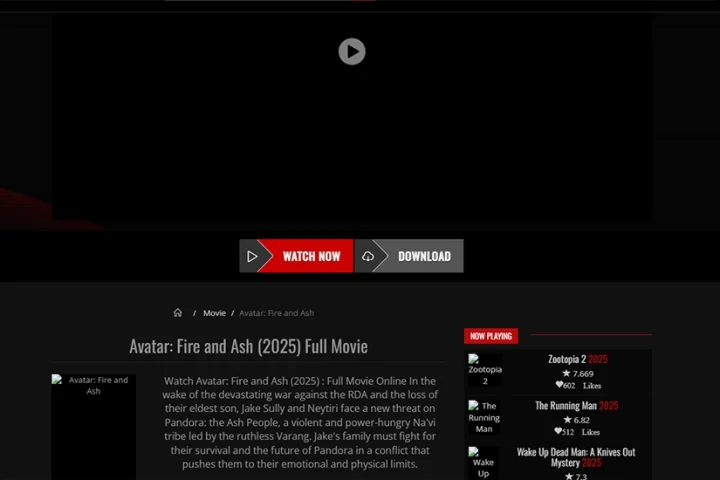A regional CISO needs to know what threats are most relevant to their extended business operations, including critical elements identified within their supply chain. ThreatQ provides aggregated views and automated analysis of these threats. This enables the SOC to identify and respond to the most meaningful, and possibly impactful vulnerabilities, campaigns, adversary TTPs, faster, and with greater efficiency through automation and coordination of people, systems, and tools.
The objective of Extended Detection and Response is exactly what ThreatQuotient has been building towards since the very first days of the ThreatQ platform; this all took place before the term XDR was adopted by the industry.
The ThreatQ DataLinq engine imports and aggregates external and internal data; curates and analyses data for decision-making, automates action; and exports a prioritised data flow across the infrastructure for additional prevention, and accelerated detection and response.
ThreatQ provides aggregated views and automated analysis of threats
A key capability to enable this is the ThreatQ Marketplace, home to integrations with hundreds of different products and datasets.
Over the past year, ThreatQuotient has made investments such as additional headcounts for partner marketing, improved their reporting on the channel’s impact to their revenue vs MSSPs or SIs, and implemented referral agreements for partners going through distribution.
ThreatQuotient is also taking the initiative to formalise their onboarding and training process and plan to have a self-service partner portal with a library of sales and technical information to better inform and benefit their partners.
The objective of XDR is exactly what ThreatQuotient has been building towards since the very first days of the ThreatQ platform
Moreover, the company signed on distributor partners to help broaden ThreatQuotient’s reach, especially for emerging markets, simultaneously meeting the requirements of end customers while also leveraging local partners those customers are familiar and prefer doing business with.
Considering the pandemic, ThreatQuotient had to adapt their channel strategy to make the most of the situation. The lack of in-person meetings and events contributed to better email communications, more materials to support the upcoming partner portal launch, and time spent training their partners over Zoom.
The ThreatQ DataLinq engine imports and aggregates external and internal data
By extension, ThreatQuotient’s channel goals for 2022 include improving partner technical skills, encouraging partners to sell a broader part of their portfolio and boosting partner sales of newly launched products and services.
ThreatQuotient has invested in headcounts for partner marketing, improved reporting on channel’s impact on revenue, implemented referral agreements for partners.
























